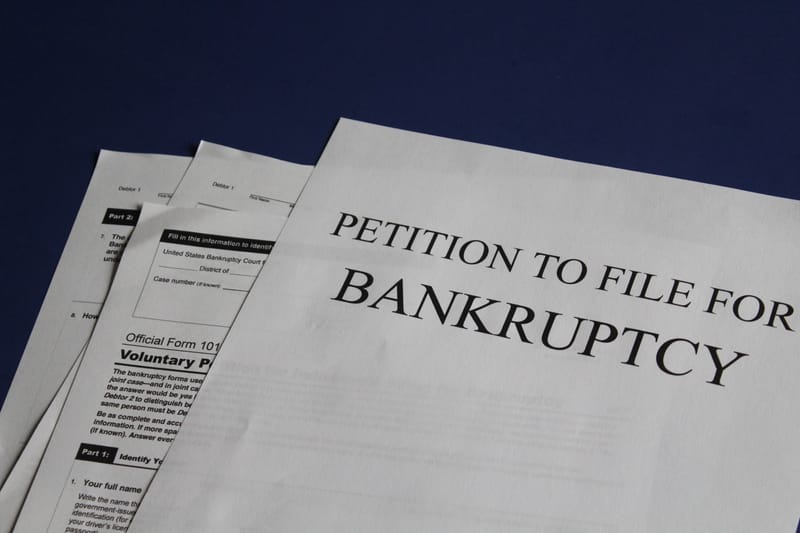Deducting Bad Debt

At some point as a small business owner you’ll be faced with an instance of bad debt. Whether it’s a customer or another business, somebody owes you money and unfortunately, the chances of collecting are slim to none. Now what?
First some definitions: There are business bad debts and nonbusiness bad debts. Generally, a business bad debt, not surprisingly, is one that comes from operating your trade or business, and is deductible on Schedule C. Make sure to inform Tax Office & Associates™ of any bad debts.
All other bad debts are nonbusiness bad debts and are deductible only as short-term capital losses using Form 8949 – Stock Transactions and Sale of Assets.
A worthless debt is one that cannot be collected. To demonstrate worthlessness of the debt, you need only show that you've taken reasonable steps to collect the debt, but were unable to do so. It’s not necessary to go to court if you can show that a judgment from the court would be uncollectable. Bankruptcy of the debtor is usually good evidence of the worthlessness of the debt.
The IRS classifies a debt a business bad debt when there’s a loss from the worthlessness of a debt that was either created or acquired in your trade or business, or closely related to your trade or business when it became worthless. A debt is closely related to your trade or business if your primary motive for incurring that debt was business-related.
Credit sales can be a good example of business bad debts – goods or services sold but not yet paid for. They’re recorded in your books as accounts receivable or notes receivable. If you’ve been unable to collect the amount due after a reasonable period of time, the uncollected balance becomes a business bad debt.
But deeming an uncollected amount as business bad debt is only part of the process. You still have to deduct it on your income tax return – and there are some issues to consider.
You can claim a business bad debt only if the amount owed to you was previously included in gross income. And for cash method accounting, that presents a problem. If you use the cash accounting method, you generally report income when you receive payment. So you can’t claim a bad debt deduction for amounts owed to you, because they were never included in income.
Under the accrual method, you generally report income when you earn it, so if the uncollectible amount was included in income, you could deduct the business bad debt. The bad debt may be claimed as an operating loss and simply subtracted from the business’ profits.
For more information on business bad debts, check out Publication 535 – Business Expenses.


